When making a pie crust or pastry, carefully follow the recipe, but remember that results may vary. Protein content in flour, humidity in the air and elevation levels can affect the end result. You can take a few steps, however, to prevent problems.
Soggy Crust
If the pie filling is particularly wet, brushing the bottom crust with beaten egg can help prevent it from becoming soggy.
Substituting Fats
Substitution of one type of fat for another can lead to an unsatisfactory result. Different fats have variable water content, which may impact the pastry.
Over-mixing
Pie and pastry dough should be handled as little as possible. Over-working the dough can cause it to be chewy.
Over-baking
Do not fail to check on the progress of the crust while it is cooking. Bake times are approximate. Cover the edges with tin foil if they are browning too fast.
Warm Dough
The fat and liquids used in a pie pastry dough should always be chilled. This will give the crust a flaky, light texture.
Sticky Dough
If rolling out the pastry or pie crust is difficult, try chilling the dough for 30 minutes to one hour. This will solidify the fat, making the dough less sticky.
Related Articles
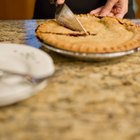
How to Brown a Pie Crust
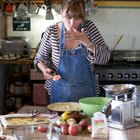
How to Use Oat Flour in a Pie Crust

What Kind of Flour to Use for Cupcakes?

How to Bake Bread in the Oven
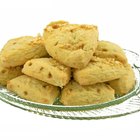
What Is the Difference Between Scones & ...

How to Make Pumpkin Bread Moist

What Is the Difference Between a Bagel ...

Can I Substitute Bleached for ...
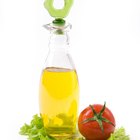
Can You Substitute Shortening for ...

How to Make Bread Tender

Can You Cook Pudding in the Oven?

Can You Substitute Butter for ...

How to Make Thin Extra Crispy Pizza ...

How to Bake an Apple Pie in a ...
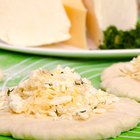
How Many Calories in a Cheese Scone?

How to Replace Eggs With Mayonnaise
The Chemistry of Baking Brownies
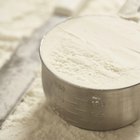
How to Tenderize Meat With Flour
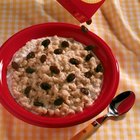
How Many Calories Do Oats Contain?
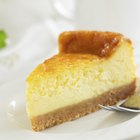
Gluten-Free Cheesecake Nut Crust
References
Writer Bio
Cheryl Balasubramanyam is a freelance writer working out of her home on the East Coast. She holds degrees in psychology and science and has written for medical and information technology journals. Her areas of expertise include patient education on heart disease and diabetes, as well as maternity issues.